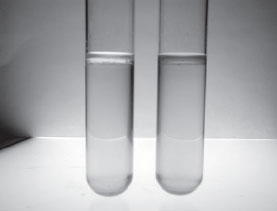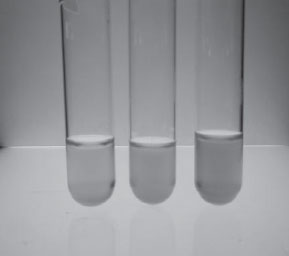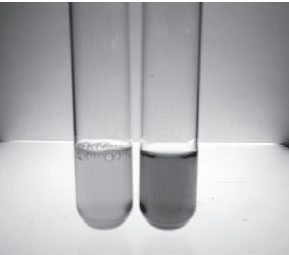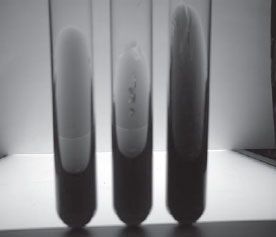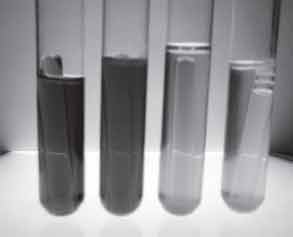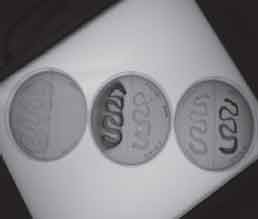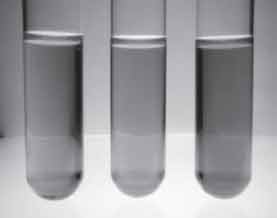Oxidase Test
To test the oxidase-producing microorganisms.
Principle
The oxidase determines whether microbes can oxidize certain aromatic amines, e.g., paraaminodimethyl alanine to form a colored end product. This oxidation correlates with the cytochrome oxidase activity of some bacteria, including the genera Pseudomonas and Nisseria. A positive test is important in identifying these genera, and also useful for characterizing the Enterobacteria, which are oxidase-negative.
Materials
- Glassware
- Sample culture of Pseudomonas, Bacillus, E. coli., Staphylococcus aureus, and Klebsiella
- Tetramethyl phenyl diamine
- Dihydrochloride.
Procedure
- Plate Method: Separate agar plates streaked with Pseudomonas, Klebsiella, and Bacillus are taken, and 1% reagent tetra methyl phenyl diamine hydrochloride is directly added to the plates.
- The reactions were observed.
|
||||||||||||||||||||||||||||||
| Figure 47 Urease | ||||||||||||||||||||||||||||||
